The beeping of forklifts normally signals the arrival of parts coming in, but today it means equipment is being moved out. The factory floor is deserted but for one car, and some hoists that are about to be disassembled.
Ford Performance Vehicles has shut its doors after putting the finishing touches on more than 100,000 cars – including 12,000 Falcon GTs – over the past 21 years. The last one was a shiny red Falcon GT (build number 305) that was waiting for a rear bumper to be fitted, before being loaded onto a truck.
As the Australian car manufacturing industry continues to operate on the brink, and as all three local makers “resize” their workforces with redundancies, FPV has been forced to shutter its factory in Campbellfield, across the Hume Highway from Ford’s Broadmeadows assembly line.
“It’s sad because this is the best Falcon we’ve ever built,” said David Stule, a 20-year veteran of the company, who has been working at Ford’s performance car operations since he left school.
“After years of our cars being down on power [compared to Holden], we’ve smashed them out of the park with the new GT. Unfortunately, though, the sales speak for the themselves.”
At its peak in the late 1990s and early 2000s, FPV and its predecessors (it has had three names as ownership changed) employed 140 workers who put out close to 100 cars a day.
But for the past 18 months the company has been operating with just 21 employees (three in the parts store, eight in the engine shop, and 10 in the assembly area) who produced about eight cars a day.
The workers at this facility hand-finished every fast Ford over since 1991 and helped keep the faith with loyal fans even when it appeared the mothership had lost its way.
When the awkwardly-styled AU Falcon was unveiled in 1998, business boomed at the Campbellfield facility as buyers favoured the XR6 over the dowdy design of the standard model.
To help keep workers gainfully employed, the operation also pumped out LPG conversions, sunroofs and other accessories. In response to the reborn Holden Monaro, Ford also got them to convert a batch of Mustangs to right-hand-drive for Australia.
But over the past 10 years Ford has slowly picked off FPV’s fruit (and profitability), taking the XR6 and XR8 models back into mainstream production, and later the LPG models. In the end, FPV was only left with the high-performance turbo and V8 models, of which only 1500 are sold each year – a fraction of its previous annual output.
And now Ford is taking that in-house too. From next year the Falcon GT will be made on the same production line as the regular models, presumably as Ford tries to capture more of the profit from these top-end cars. Today, a Falcon GT costs in excess of $70,000.
The workers, who leave with five weeks’ pay for every year of service, are not sure what they will do next.
“A lot of us would like to stay in the industry, because it’s what we know,” said Salv Pezzano, who worked there for 14 years, first as a technician before moving to logistics. “None of us really know where we’ll end up yet.”
Another 14-year veteran, Wayne King, found out about FPV’s closure about the same time he was informed by his doctor that he needed to have life-saving surgery. He was operated on a fortnight ago and made a speedy recovery in time for his last day.
The blue-collar workers may spend most of their time under a hot tin roof, but they have a crystal clear understanding of the challenges facing the car industry.
Des Meehan has worked for Ford’s performance car division for 20 years. In quality control he drove every Falcon GT off the line and on a 10km road test before each car was trucked to dealerships.
“I think it would be a dangerous move to go back into the auto industry in Australia, I think it’s going to die,” Meehan told News Limited. “Where do you go, because Toyota, Holden, Ford, they’re all laying people off. We’re a drop in the ocean in the Ford world.”
Meehan added: “I think we haven’t moved with the [new-car] market. Maybe we should have been building Focuses years ago. People want small cars.”
Ford had the same idea, but it never made it. In 2007, Ford announced it would build the Focus small car in Broadmeadows, alongside the Falcon – but Detroit scrapped those plans two years later. The Focus now comes to Australia from Thailand, where labour costs are cheaper and which has a free trade agreement with Australia.
“It’s not a level playing field, Australia versus the world,” says Neil Barker, a manufacturing engineer and a 20-year veteran of Ford’s performance car business. “We’ve got different rules here, be it carbon tax or free trade agreements. And the importers have the currency in their favour.”
When asked about the future or the fate of the Falcon beyond the publicly stated 2016 deadline, no-one knows. Or if they do, they’re not saying.
“The [AU Falcon of 1998] very nearly didn’t make it into production,” said Barker. “That’s how long the Falcon’s been close to the line in Australia. But Ford still finds a way to make it work.”
It may be a bigger struggle next time around. Sales of the regular Falcon are at record lows, with about 12,900 deliveries so far this year.
The year before Mitsubishi closed its Adelaide factory in 2008, it built 11,000 cars.
Timeline: the highlights
1991: Tickford is formed to do the engineering and final assembly of performance Falcons, LPG conversions and other accessories. And a limited edition Capri convertible.
1998: The awkwardly-styled AU Falcon is launched, Tickford’s business picks up as buyers embrace the better looking XR6 and XR8 sports models.
1999: Ford Tickford Experience dealer network is established.
2000: In response to the reborn Holden Monaro, Ford imports about 400 Mustangs and Tickford converts them to right-hand-drive for Australia.
2002: Prodrive buys out Tickford and the Ford Performance Vehicles brand is created.
2002: Ford brings XR6 and XR8 production inhouse and online at Broadmeadows, leaving FPV with only the high-performance turbo and V8 models.
2010: The most powerful Falcon GT of all time is released. Despite a $40 million investment in the supercharged V8, it doesn’t meet sales expectations, selling at less than half the rate of the equivalent Holden Special Vehicles model.
December 17, 2012: The last Falcon GT ‘R-Spec’ is finished by hand at FPV – 350 were built, but the last customer car to leave the premises was build number 305, a red manual sedan, that was waiting for a rear bumper bar to be fitted.
This reporter is on Twitter: @JoshuaDowling







.jpg)
.jpg)
.jpg)

.jpg)















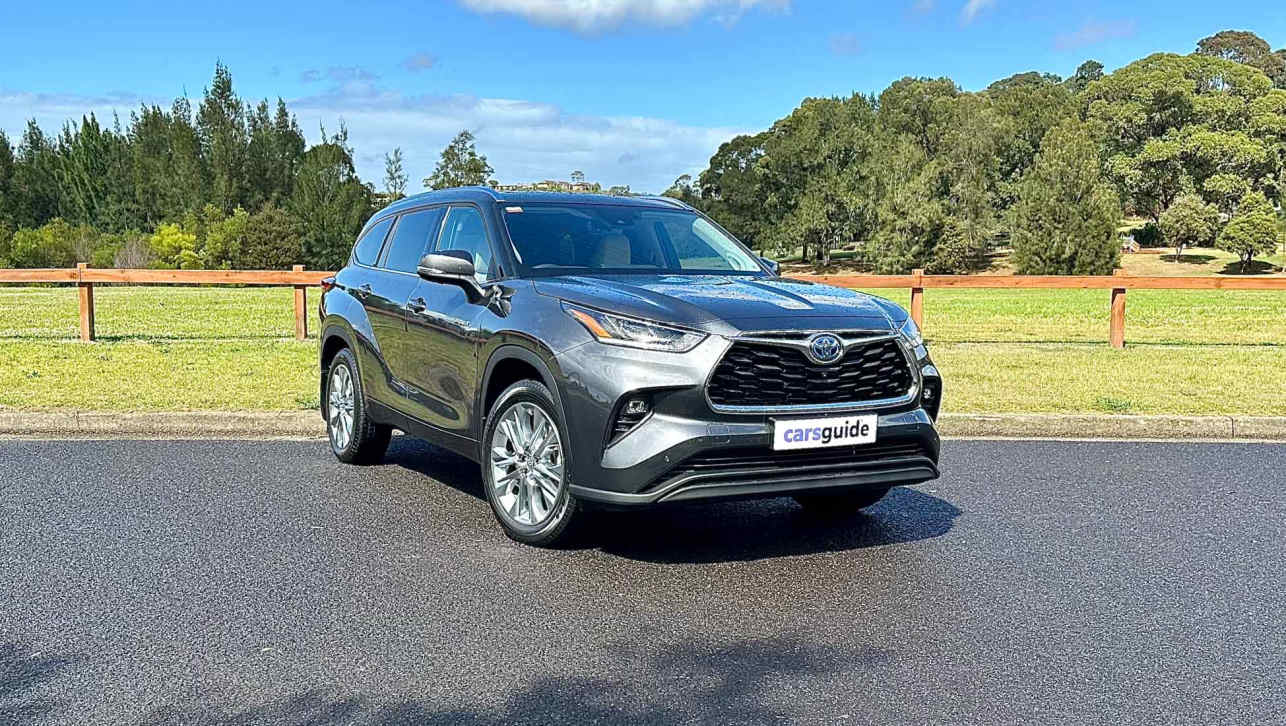
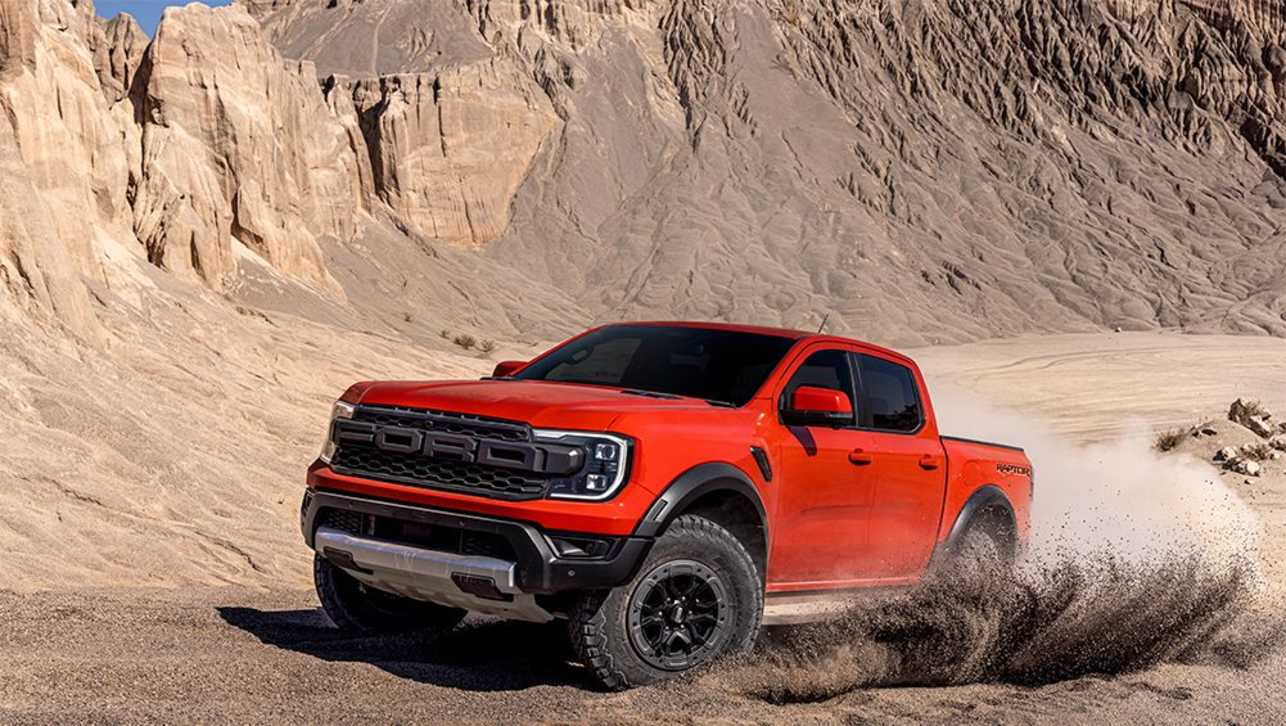

.jpg)

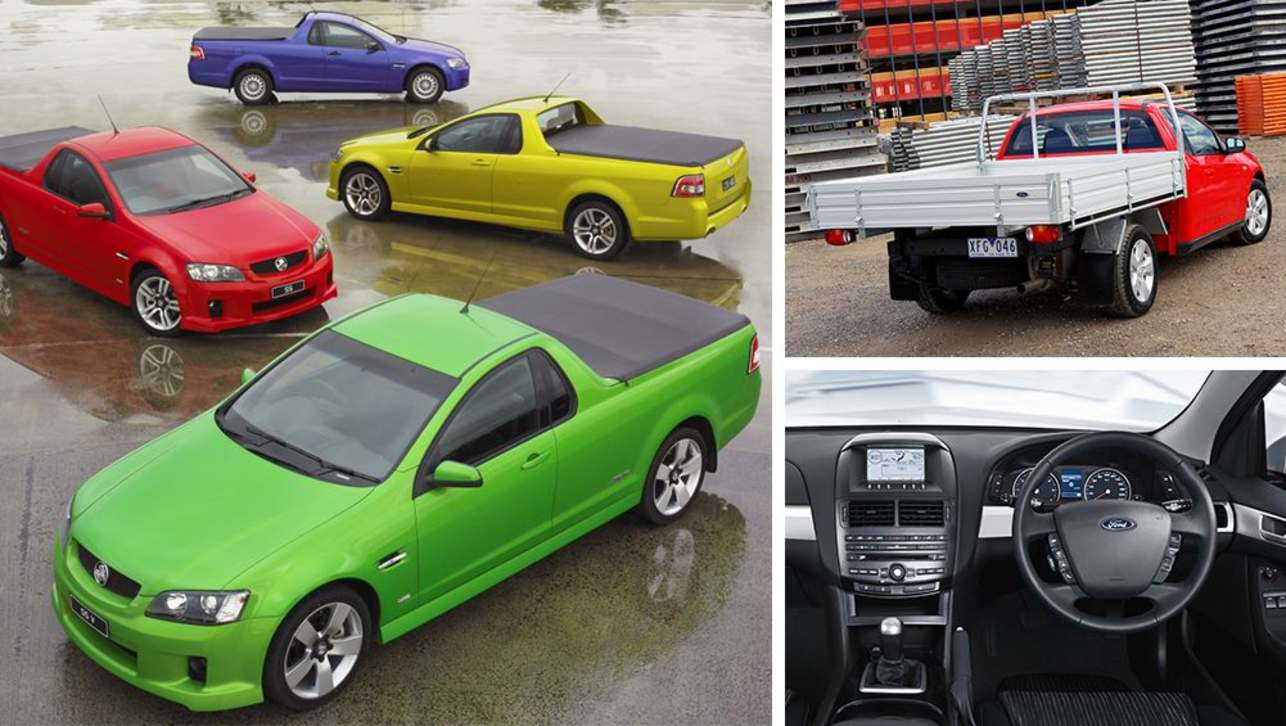
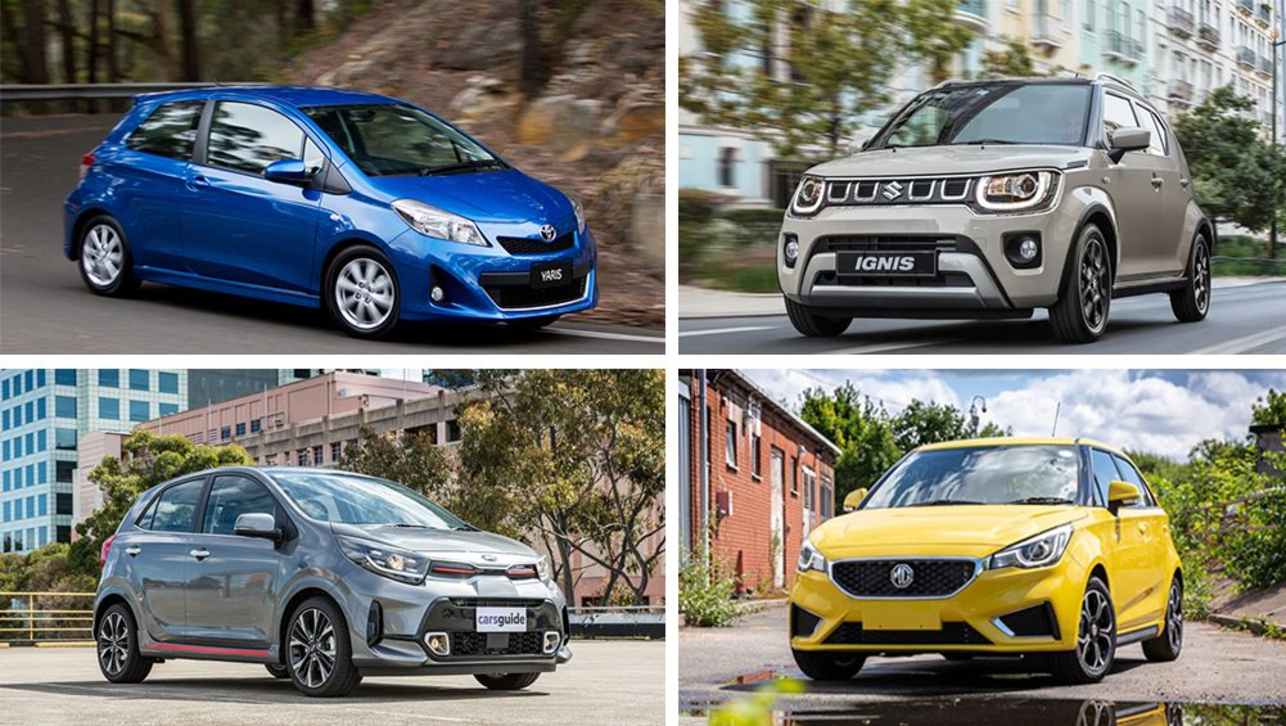
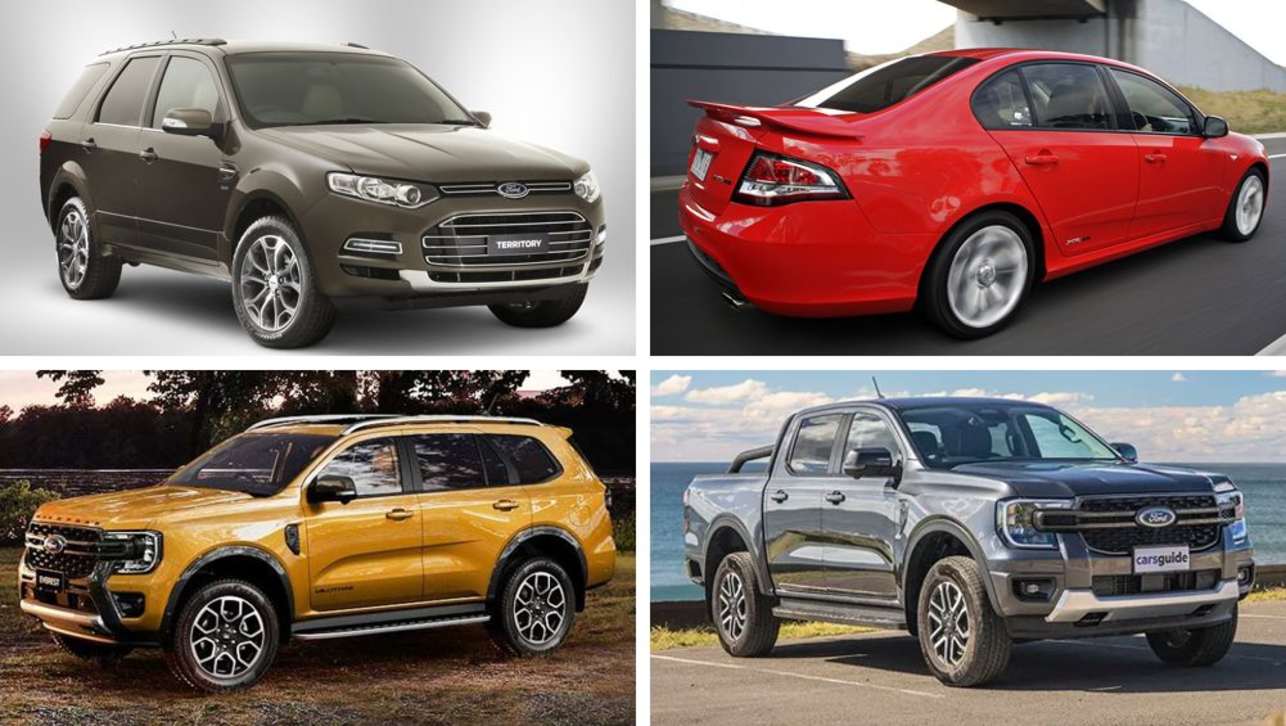
.jpg)
.webp)




Comments